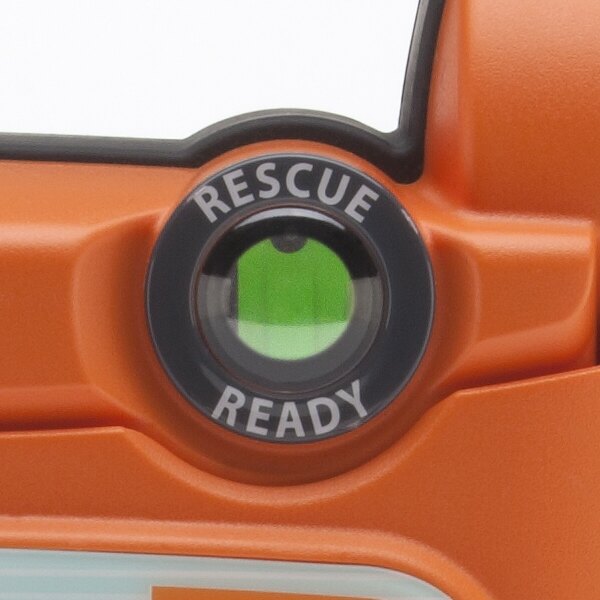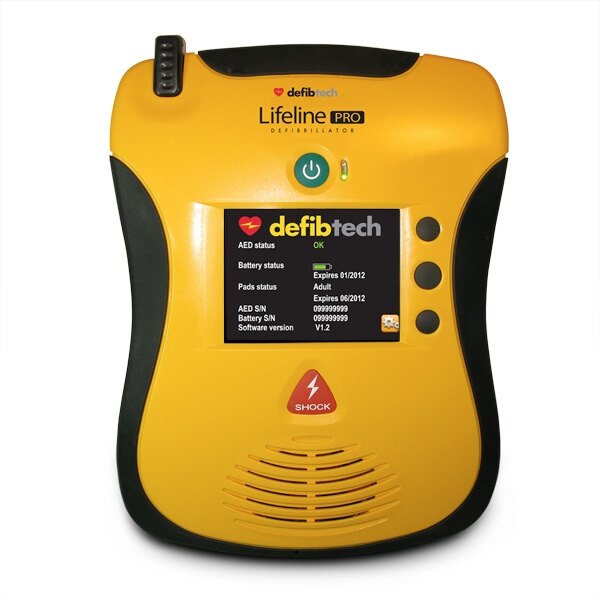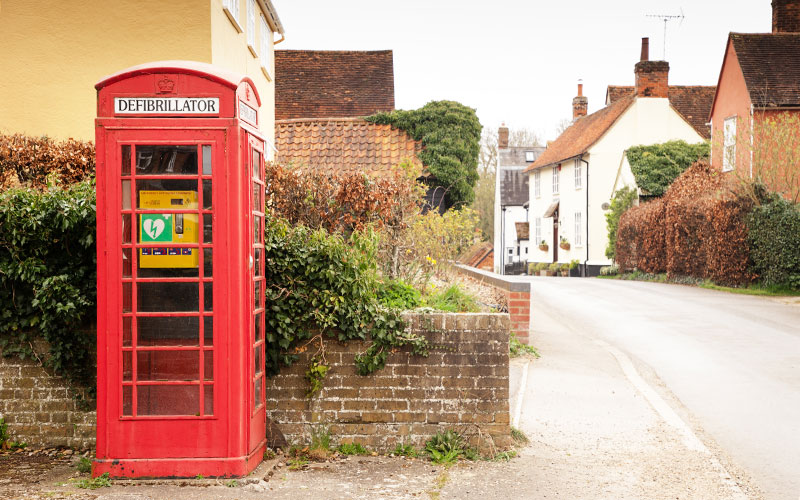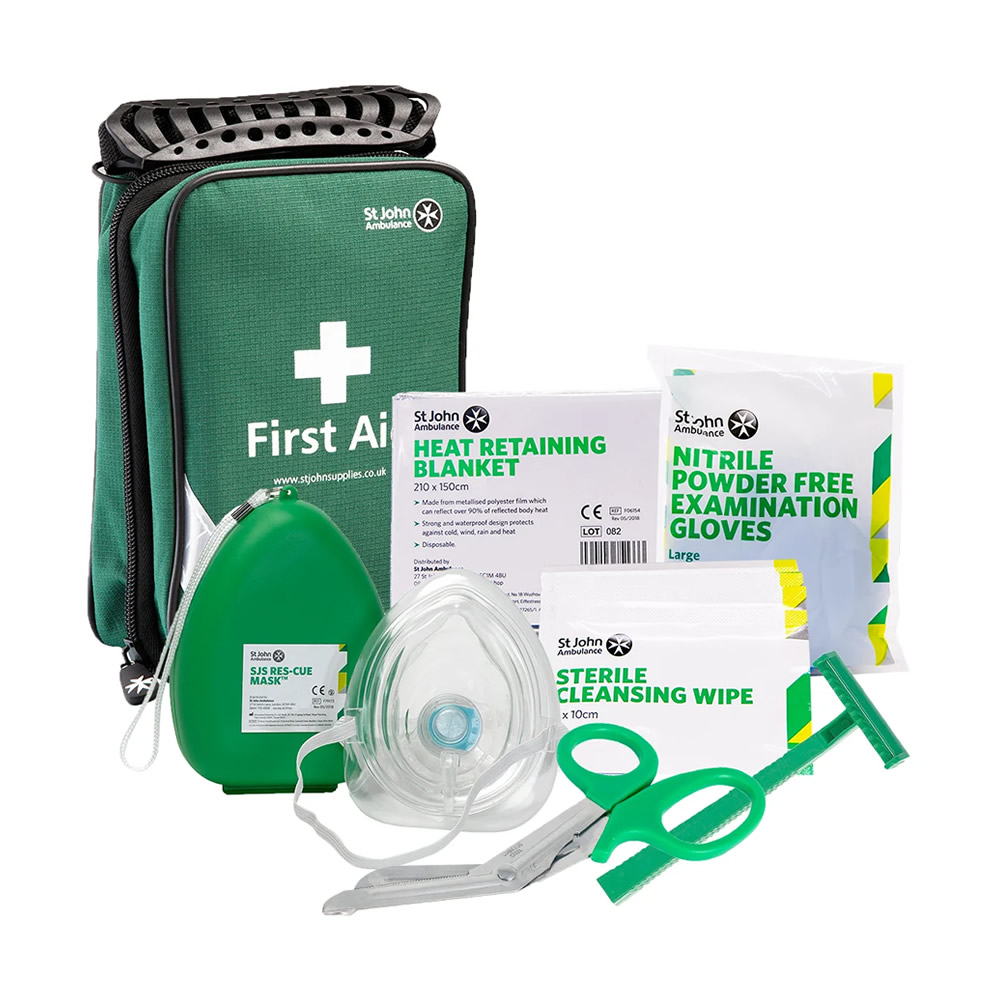Fire & Safety Solutions
CALL OUR TEAM NOW 0800 612 6537
Also FREE from UK mobiles
Free Delivery
on 100s of Products
Secure Payments
with our fast checkout
Online Support
Contact Us Now
30 Day Accounts
for Public Sector
5 Star Customer Feedback
Defibrillator Maintenance Guide
Defibrillators (AEDs) need to be ready for action at any time and so maintaining your defibrillator is critical.
Does a defibrillator need to be inspected?
All defibrillators carry out self-checks regularly and will alert you to any faults they find relating to the status of the batteries and pads, software and electrics. A visual check by a Responsible Person in your workplace, community or organisation is needed to spot these alerts (normally a flashing LED light or alarm). This quick check can also confirm that the AED and accessories have not been tampered with or misused.
How often should a defibrillator be checked?
The Responsible Person should check your AED weekly to ensure it is always in standby mode and ready for use.


What checks should be made on the AED?
- Check the condition of your defibrillator (is it dirty or damaged?)
- Check your AED is in standby mode
- Check the battery indicator
- Check that all pads and batteries are in date (including any spare sets of sealed pads)
- Check that the defibrillator preparation kit is present and complete
Do defibrillator batteries and pads need to be changed?
Generally, AEDs have no defined shelf-life (many manufacturers will recommend replacement following the end of the warranty period), however, batteries and electrode pads do. It is common for both to have a ‘shelf-life’ which is the amount of time they can be stored without being used. Batteries also have a ‘standby life’ which is the amount of time they can be used once installed. This varies depending on the manufacturer. Batteries will typically power a defibrillator for between 4 and 7 years.
Electrode pads are disposable, single-use items and cannot be re-used. They may be stored for some time before use and their ‘shelf life’ ranges from 1.5 to 5 years.
When the ‘shelf-life’ or ‘standby life’ has expired, replacement AED pads or replacement defibrillator batteries will need to be purchased.
Free Reminder Service
You can set up a free reminder service to alert you when your defibrillator pads or batteries need replacing.
Can I arrange for an inspection from a trained engineer?
Yes, full defibrillator inspection services are available if required. If the defibrillator is located in an unmanned or rural location where there is no designated Responsible Person to perform regular checks, you may wish to arrange a regular defibrillator inspection. One-off AED inspections can also be useful for peace of mind if a defibrillator hasn’t been properly maintained.

What items should be stored with a defibrillator?
In addition to spare pads, we recommend storing the following items with your defibrillator:
- A CPR face shield or pocket mask to protect the rescuer if delivering CPR
- Scissors to quickly remove clothing
- Disposable razor to shave the area where the pads need to be placed
- Cleansing wipes and tissues or a towel to clean and dry the area where the pads are placed (a defibrillator will be more effective if the chest area is clean and free from water)
- Paperwork – records may need to be kept each time an AED is used
All of the first aid items mentioned above can be purchased together in a Defibrillator Responder Kit

(doc:745 V1.0). Our articles are reviewed regularly. However, any changes made to standards or legislation following the review date will not have been considered. Please note that we provide abridged, easy-to-understand guidance. To make detailed decisions about your fire safety provisions, you might require further advice or need to consult the full standards and legislation.




















